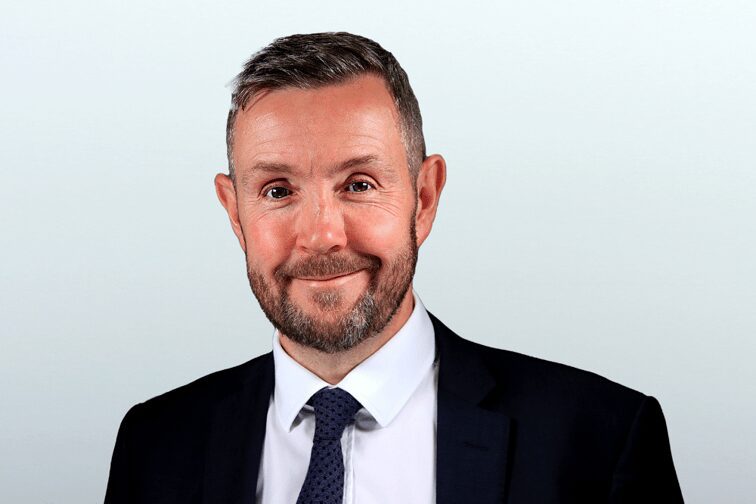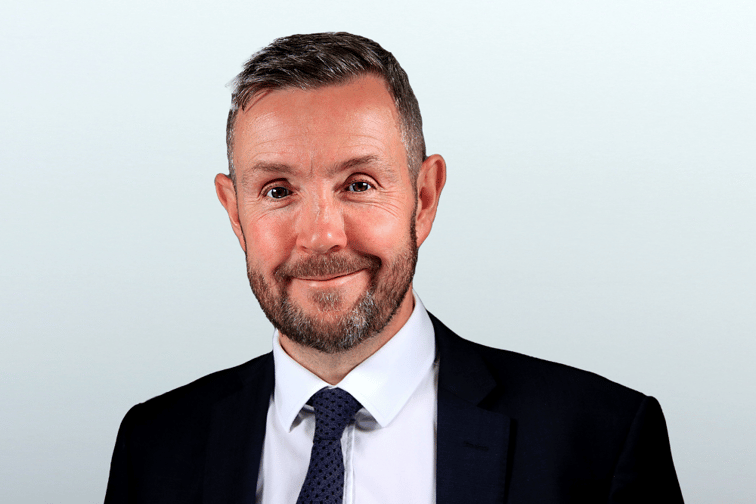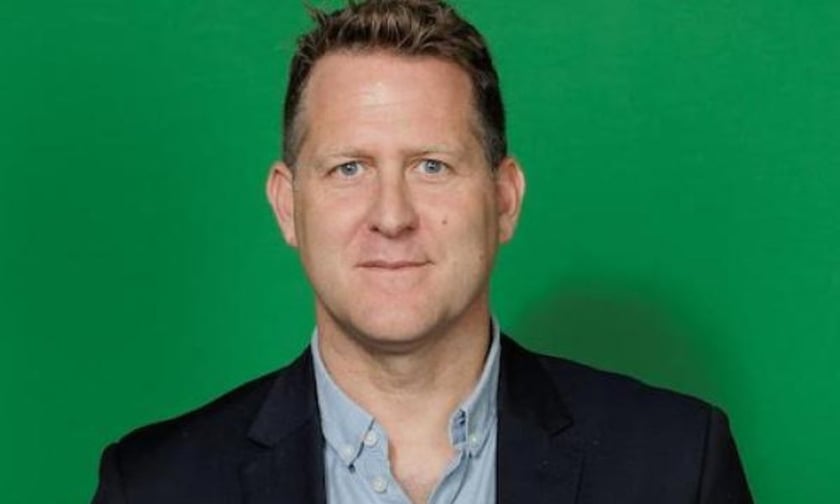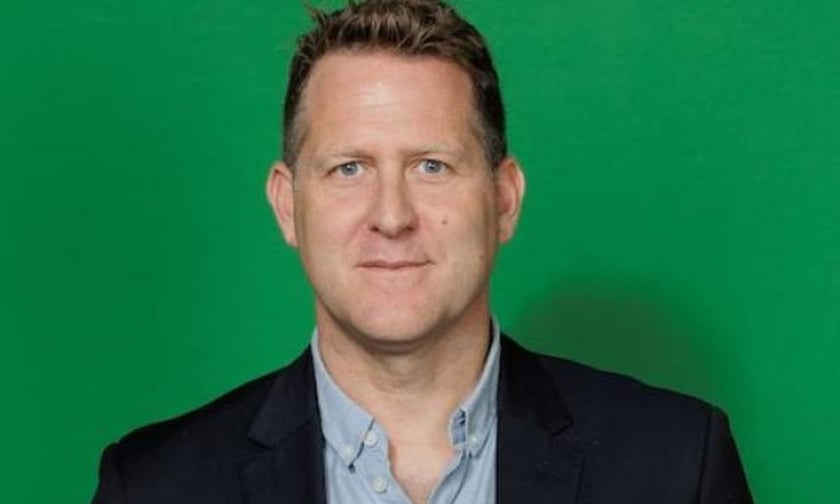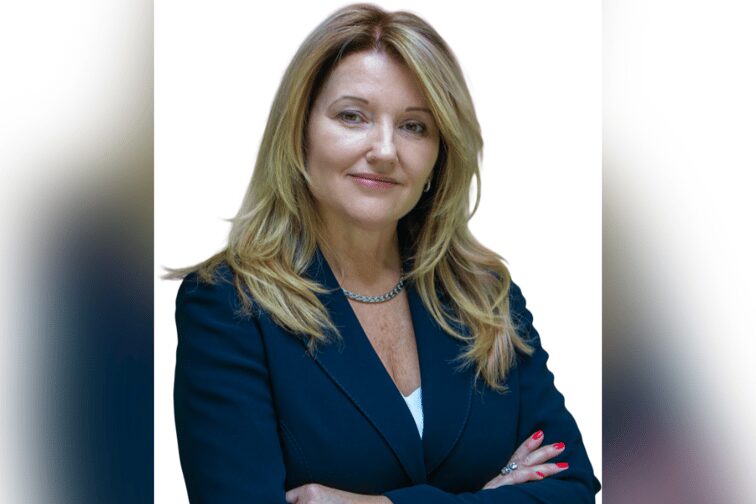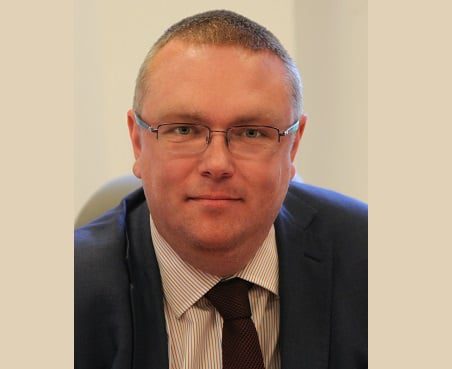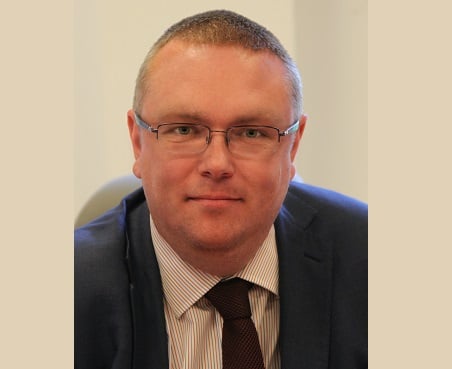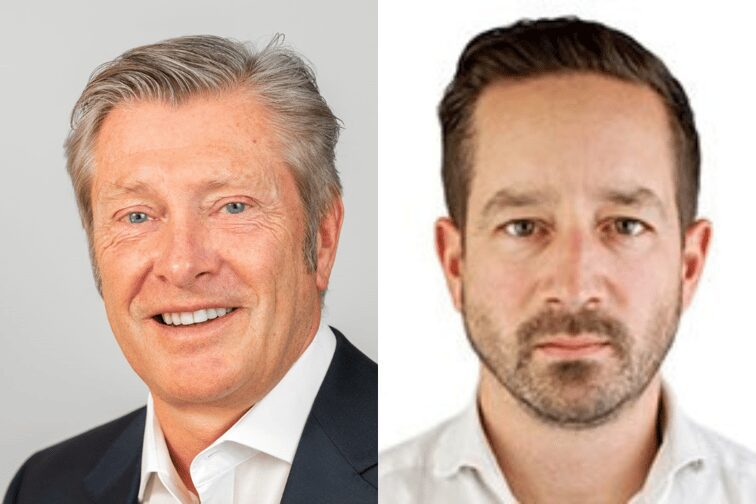
The real purpose behind awareness months

Each year, from 18 July to 17 August, a month long celebration takes place marking South Asian Heritage Month. In September East and South East Asian (ESEA) heritage month is marked, while October is widely celebrated as Black History Month. Virtually every month of the year marks some form of awareness month, but why do we have them at all?
Many awareness months are borne out of historical significance. June is synonymous with Pride month, because the Stonewall Riots, a watermark moment in the history of the LGBTQ+ community, took place in June 1969. In the UK, the first Black History Month was celebrated in October 1987 to mark the 150th anniversary of Caribbean emancipation. South Asian Heritage Month (SAHM), begins on 18 July to mark the anniversary of the Indian Independence Act gaining royal assent in 1947, and the month ends on August 17, being the date of publication of the Radcliffe Line, marking the borders of India, West Pakistan and East Pakistan (now Bangladesh).
The historical significance of these months gives the first clue as to their importance in the cultural calendar. They are an opportunity to connect with the past. Britain has a long legacy associated with many of the countries involved in SAHM, and the South Asian diaspora is the UK’s largest ethnic minority group, estimated at approximately 5.5m, or 9.3% of the population. Nearly one in five Londoners has South Asian heritage.
Jimmy Kumar, our iCAN Birmingham lead and senior client executive at Marsh told us:
“South Asian Heritage month is all about celebrating culture, uniting communities and sharing our stories. Not only do we commemorate the hardship, struggles and sacrifices made by our ancestors but rejoice the rich values, traditions and the sense of identity instilled over many generations. It’s a time to celebrate, commemorate and educate.”
The South Asian diaspora’s contribution to UK culture is ubiquitous, and another reason for the importance of SAHM. South Asian culture is apparent in so many aspects of our lives today, from literature, to clothing, music to food. Even our common language of English is studded with words of South Asian heritage; from “buggy” to “bungalow” to “bangles”, from “punch” to “pyjamas”, or “shawls” to “shampoo”. The opportunity to shine a spotlight on what it means to be British and (South) Asian is a central part of the month, as relayed to us by iCAN Mentoring co-lead Enamul Islam:
“South Asian heritage is so important for me. My cultural background has played a significant role in shaping my career ambitions, my determination to achieve goals, my sense of community and numerous other qualities. As a first-generation British. I have the privilege of embracing and honouring the remarkable heritage of South Asia, while also embracing and cherishing my British values”
The specific timeframes allocated to these awareness months provide a dedicated period for introspection, education, and appreciation. They offer a platform for individuals to delve into the complexities of various cultures, histories, and experiences that have shaped our present. These designated months invite everyone to take a collective journey of learning, dismantling stereotypes, and breaking down barriers. By shining a spotlight on the contributions and experiences of marginalised or underrepresented communities, we work toward a more inclusive society where differences are celebrated rather than marginalised.
At iCAN, we firmly believe that celebrating these diverse backgrounds alongside individuals from all cultures fosters greater understanding. Culture, like business, is forever evolving, enriched by the multiplicity of voices and contributions of all its participants and interwoven into the fabric of society.
Over the next three months, we are busy promoting and hosting events that celebrate the richness of cultural diversity, from our celebration at Marsh of South Asian culture through Dance and Music, and our East and South East Asian Communities Launch event “Roots and Routes” at Convex in September, to the iCAN Black Owned Market event sponsored by BMS Group and Tokio Marine Kiln in October. These events underscore our commitment to acknowledging our cultural legacies.
Related Stories
Keep up with the latest news and events
Join our mailing list, it’s free!

This page requires JavaScript

